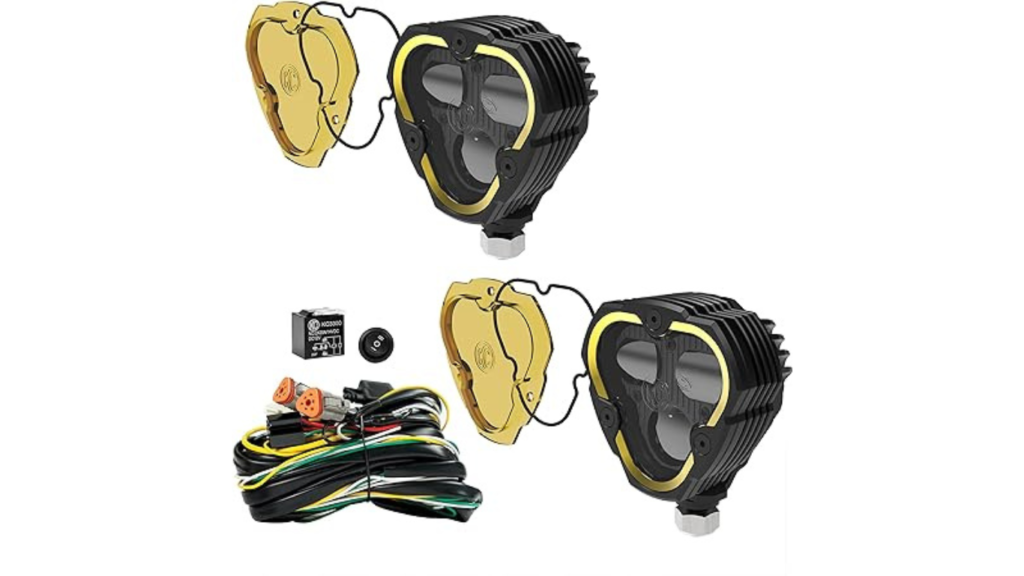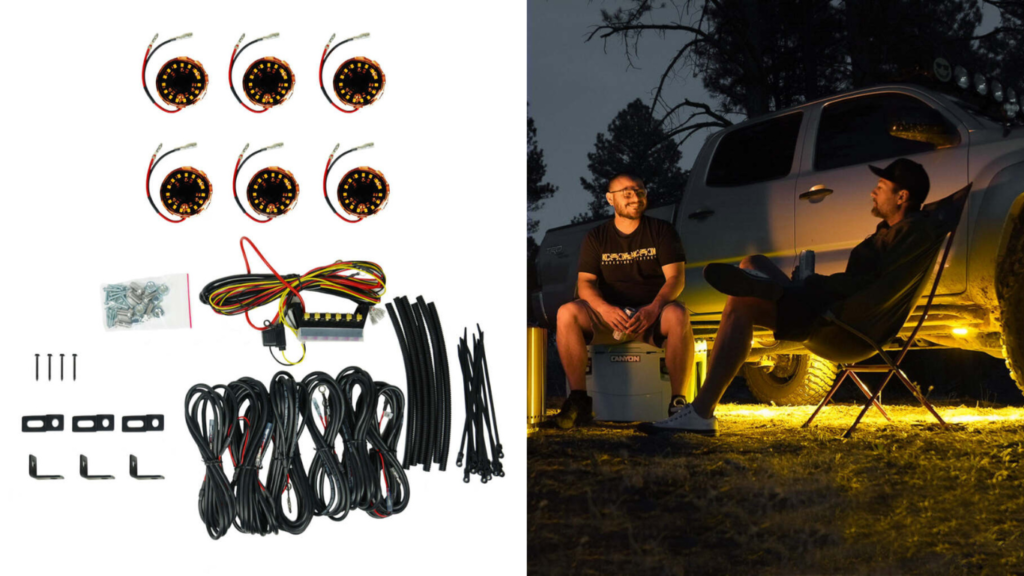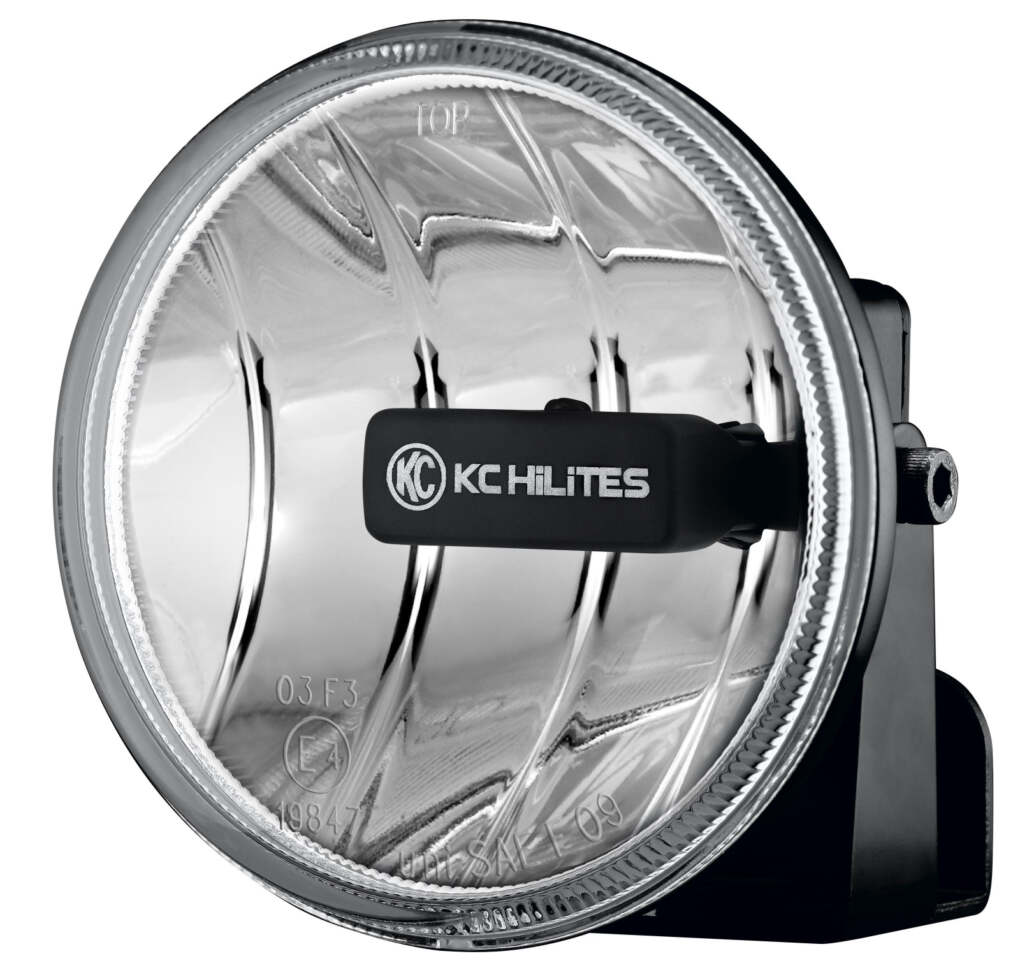Hey everybody, Jeremy at 4×4 Trail Runners here. This article is designed to answer your question: What off-road light do I need? It is packed with lots of good information. Today, we’re talking about amber vs. white off-road lights.
Table of contents
Discussion
Up here in Northern Nevada (Elko), it’s the perfect time to start this discussion. With winter fast approaching, we’re experiencing more darkness and poor driving conditions, such as snow, rain and fog. So, let’s dive right into the differences between amber and white off-road lights.
Color Temperature
The method by which we determine a light’s color is by its color temperature.
The unit of measurement for color temperature is degrees Kelvin. On the Kelvin scale, lower values correspond to warmer colors like ambers and yellows, while higher values represent whites, blues, and violets. An amber light typically ranges from about 2500 to 4000 degrees Kelvin, whereas a white light is in the 4000 to 5000 range. As we get closer to 6000 to 7000, we enter the blues and violets. The ideal color temperature for an off-road light really depends on your purposes, and we’ll explore that shortly.
Achieving Amber Color in Off-Road Lights


There are two ways to achieve the amber color in an off-road light. The first is by adding an amber cover over the white light source, like we do on our Pro Six lights and our Flex LED lights. These amber covers are great, but they reduce the light’s output slightly. The benefit is that you can switch between amber and white light as needed. The second method is through the light source itself. For example, a halogen light emits closer to a 3000 degree Kelvin light. LED light sources can be in a variety of colors, including amber, like our Gravity LED G4 fog lights.

Pros and Cons: Amber vs. White Off-Road Lights
Now that we understand the differences between amber and white off-road lights, let’s discuss which is better by looking at their pros and cons. Starting with the higher color temperature or cooler lights, their main downfall is that they offer less contrast compared to the lower color temperature or amber lights. It’s crucial for a white light to have a minimal blue or violet tint for better visibility. The second downfall is that higher color temperature lights have shorter wavelengths, resulting in more refraction. This means more glare and light bouncing off airborne particles, like dust, fog, or snow, back into your eye.
Conversely, amber lights, with their longer wavelengths, can cut through airborne particles better than white lights. While white lights may appear to have more output, amber lights excel in poor driving conditions.
Making the Right Choice
Ultimately, the choice between amber and white light depends on your specific needs and the conditions you frequently encounter. For those often in snowy or dusty conditions, amber lights, especially those with snap-on covers, offer great versatility. However, if you don’t experience such conditions often, a white light should suffice.